Guajillo chilies have a Scoville rating of 2,500 to 5,000 SHU, placing them in the mild to medium heat range. This guide covers everything you need to know about guajillo chili heat level, flavor profile, and how to use it in cooking.
Table of Contents
- What Is the Guajillo Chili Scoville Rating?
- Flavor Profile: More Than Just Heat
- Common Uses in Mexican and International Cuisine
- Comparing Guajillo to Other Chilies on the Scoville Scale
- Pro Tips for Cooking with Guajillo Chilies
- Buying Guide: Choosing the Best Guajillos
- Storing and Preserving Guajillo Chilies
- Spicy Fun Facts About Guajillo Chilies
- Frequently Asked Questions About Guajillo Chilies
- Conclusion: Ready to Spice Things Up?
What Is the Guajillo Chili Scoville Rating?
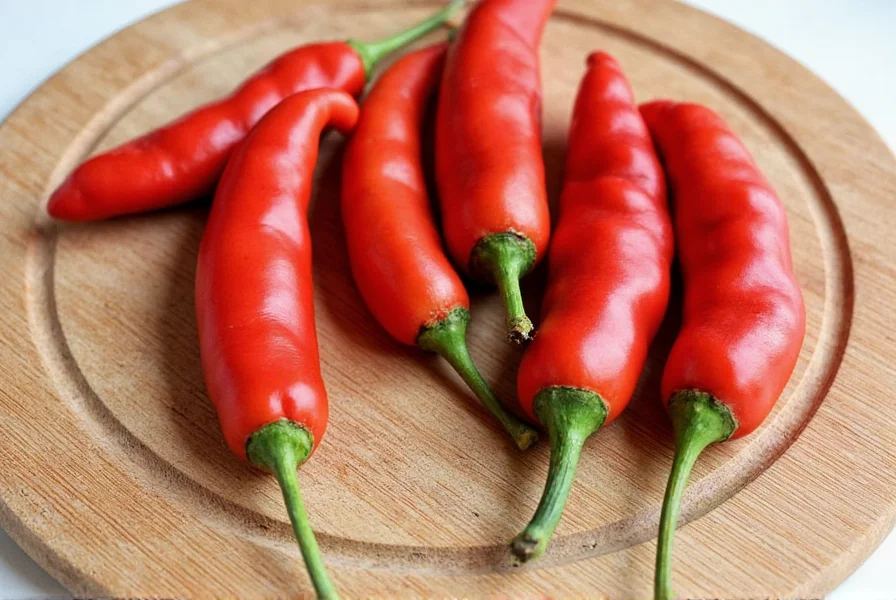
For precise context, the Guajillo chili measures 2,500 to 5,000 Scoville Heat Units (SHU), confirmed by USDA Agricultural Research Service data. This places it between mild and medium-hot on the Scoville scale.
| Chili Pepper | Scoville Heat Units (SHU) |
|---|---|
| Guajillo Chili | 2,500–5,000 |
| Jalapeño | 2,500–8,000 |
| Ancho/Poblano | 1,000–2,000 |
| Cayenne | 30,000–50,000 |
| Habanero | 100,000–350,000 |
As you can see, the Guajillo chili brings a gentle warmth—not enough to bring tears to your eyes, but definitely enough to add character to any dish. It's perfect for those who enjoy a little kick without going full-on fire-breathing dragon mode.
Flavor Profile: More Than Just Heat
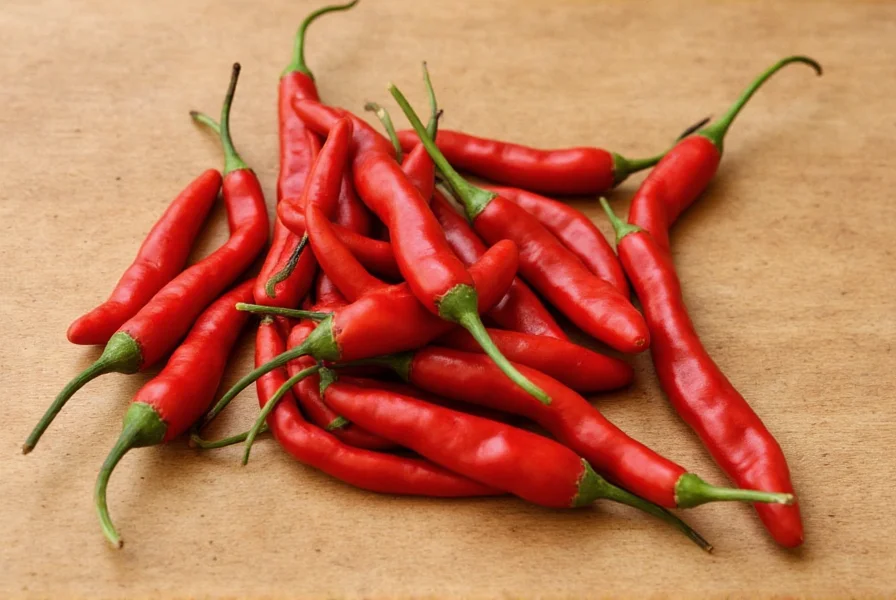
Now that we've got the heat out of the way, let's talk about what really makes the Guajillo special: its complex flavor profile.
- Berry-like sweetness: A hint of dried fruitiness, reminiscent of cranberries or cherries.
- Tea notes: Subtle earthy undertones, almost like black tea or smoky oolong.
- Leathery texture: Especially when dried, they offer a chewy bite before being rehydrated or ground into powder.
This unique blend makes the Guajillo chili incredibly versatile in both traditional and modern cooking applications. Think of it as the backbone of salsas, marinades, and mole sauces—it's not the loudest ingredient, but it holds everything together beautifully.
Common Uses in Mexican and International Cuisine
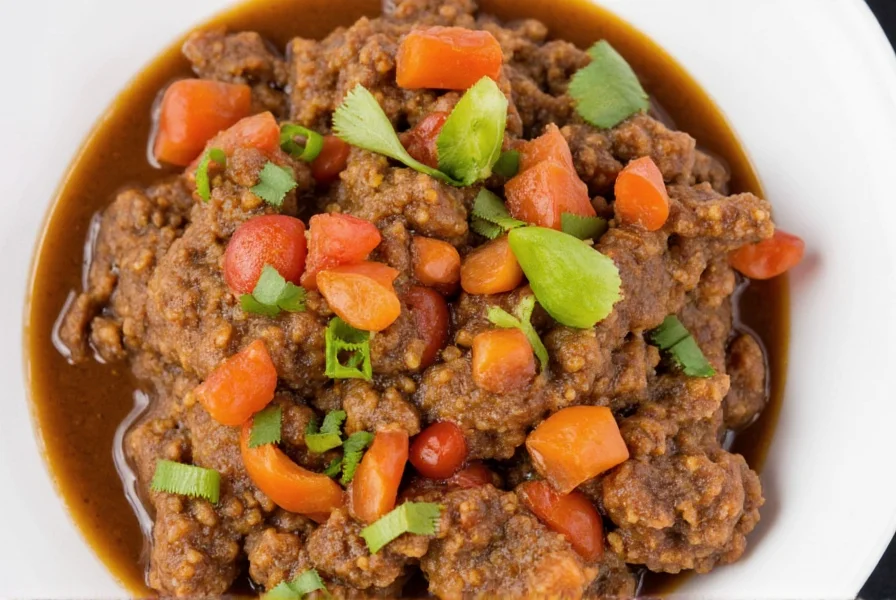
Guajillo chilies are a staple in traditional Mexican cuisine, especially in regions like Jalisco, Michoacán, and Zacatecas. Here are some of the most common ways these chilies shine:
- Salsa de Guajillo: A simple yet delicious sauce made by toasting and blending the chilies with garlic, vinegar, and salt. Perfect for drizzling over tacos or enchiladas.
- Mole Poblano: One of the key ingredients in this rich, chocolate-infused sauce that represents centuries of culinary tradition.
- Adobo Sauces: Blended with vinegar, herbs, and spices, guajillos make a vibrant base for marinating meats like chicken or pork.
- Red Chile Gravy: Popular in New Mexican and Tex-Mex dishes, this gravy owes its deep red color and subtle spice to guajillo chilies.
And while traditionally Mexican, guajillos are gaining popularity globally. They're now used in fusion dishes ranging from chipotle-guajillo burgers to roasted veggie bowls with a smoky kick.
Comparing Guajillo to Other Chilies on the Scoville Scale
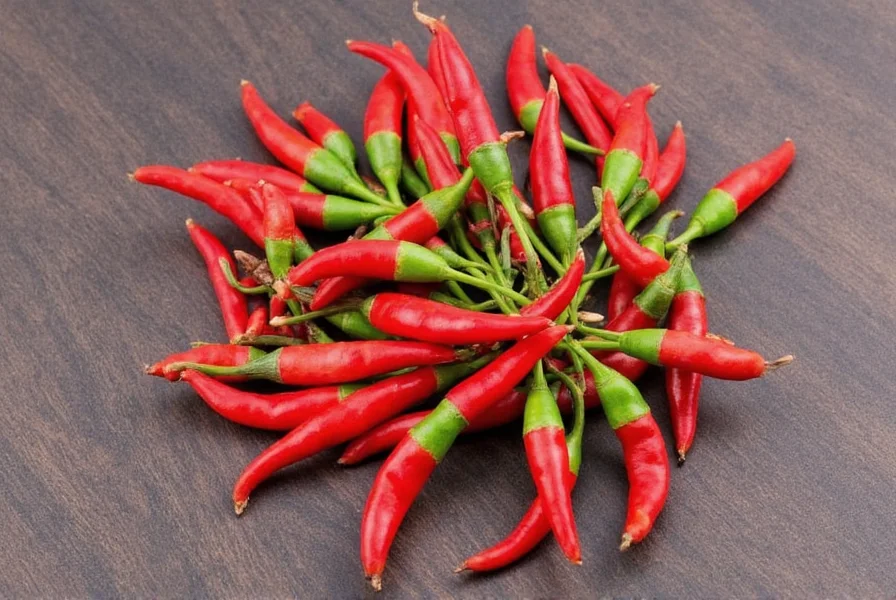
Let's dive deeper into how the guajillo compares to other commonly used peppers:
| Pepper | Heat Level (SHU) | Flavor Notes | Best Use Case |
|---|---|---|---|
| Guajillo | 2,500–5,000 | Berries, Tea, Earthy | Salsas, Moles, Adobos |
| Jalapeño | 2,500–8,000 | Grassy, Bright | Tacos, Nachos, Salsas |
| Chipotle | 2,500–8,000 | Smoky, Woody | Meat Marinades, Soups |
| Pasilla | 1,000–2,500 | Figs, Cocoa, Licorice | Dark Moles, Stews |
| Arbol | 15,000–30,000 | Nutty, Toasted | Hot Oil, Garnishes |
As you can see, guajillos sit comfortably in the middle of the pack when it comes to heat—but where they truly stand out is their versatility and balance of sweet and earthy tones.
Pro Tips for Cooking with Guajillo Chilies
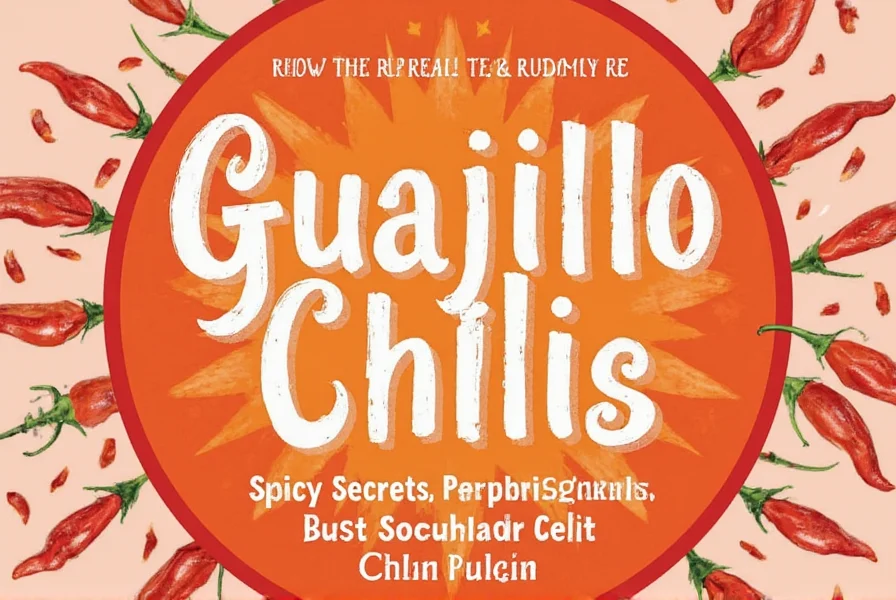
Ready to put your guajillo chilies to work? Here are some expert tips to get the most out of them:
- Toast Before Using: Lightly toasting guajillo chilies in a dry skillet enhances their flavor and aroma. Keep it quick—about 30 seconds per side—to avoid bitterness.
- Remove Seeds for Less Heat: If you're using whole chilies and want a milder result, remove the seeds and inner membranes before soaking or blending.
- Soak for Better Flavor Extraction: Rehydrate dried chilies in warm water or broth for 20–30 minutes before blending. This helps create a smoother, more aromatic paste.
- Use in Liquid-Based Recipes: Guajillos dissolve beautifully in soups, stews, and sauces. Avoid using them raw unless making a very fine powder.
- Balance With Acid or Sweetness: Pair guajillo-based sauces with lime juice, tomatoes, or a touch of sugar to highlight their berry-like notes.
Buying Guide: Choosing the Best Guajillos
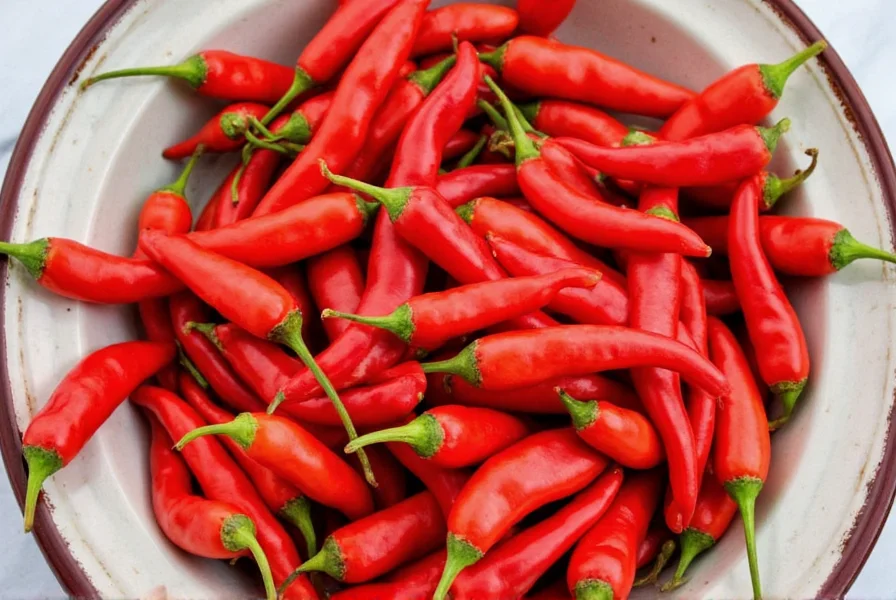
When shopping for guajillo chilies, quality matters. Here's how to pick the best ones:
- Look for Uniformity: Good guajillos should be fairly uniform in size and shape. Avoid overly wrinkled or brittle ones—they may be too old.
- Color Check: Opt for deep reddish-brown chilies. Pale or faded colors may indicate lower flavor retention.
- Texture Test: When touched, dried guajillos should feel slightly pliable—not rock hard or soft/moldy.
- Aroma Matters: Give them a sniff! A fresh, mildly fruity scent means good oils and flavor compounds are intact.
Recommended Products:
| Product | Features | Advantages | Use Case |
|---|---|---|---|
| MexGrocer Guajillo Pack | Whole dried chilies, no additives | Perfect for making homemade sauces | Homemade moles, adobo sauces |
| La Costeña Guajillo Powder | Finely ground chili powder | Easy to mix into rubs or dressings | Spice blends, soups, stews |
| Goya Guajillo Chilies (Pack of 10) | Pre-packaged, sealed freshness | Ideal for beginners or small batches | Weeknight tacos, salsas |
Storing and Preserving Guajillo Chilies
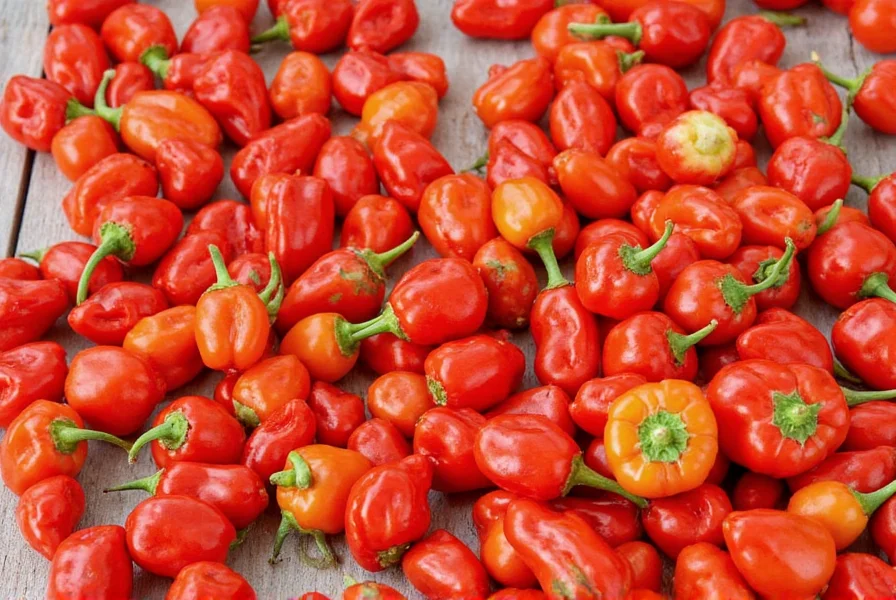
Dried guajillo chilies have a long shelf life if stored properly. Here’s how to keep them tasting fresh:
- Store in an Airtight Container: Once opened, keep them in a sealed bag or jar away from light and moisture.
- Cool & Dry Environment: A pantry or cupboard works great. Avoid humid areas like above the stove.
- Freeze for Long-Term Storage: If you bought in bulk, freeze some in vacuum-sealed bags for up to a year.
- Label with Dates: Helps track freshness—especially important if you’re stockpiling multiple chili types.
Spicy Fun Facts About Guajillo Chilies
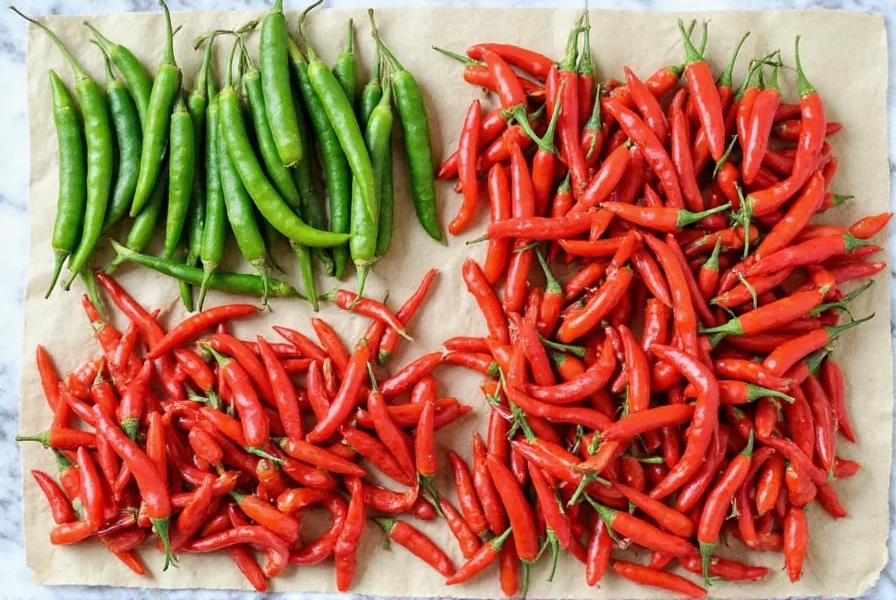
Want to impress your friends at the next taco night? Try dropping one of these fun facts:
- They're Named After Their Sound: The word "guajillo" is believed to come from the Spanish word "guaje," meaning bell. Why? Because when dried, they rattle like a bell when shaken!
- Popular in Día de los Muertos: Guajillo-based dishes often appear during traditional celebrations, honoring ancestors with warmth and flavor.
- Used in Herbal Remedies: Some cultures believe guajillo chilies help with digestion and circulation due to their capsaicin content.
Frequently Asked Questions About Guajillo Chilies

How hot are guajillo chilies on the Scoville scale?
Guajillo chilies measure between 2,500 and 5,000 Scoville Heat Units (SHU), placing them in the mild to medium range. They're comparable to the lower end of jalapeños but generally milder than most fresh jalapeños you'd encounter.
Are guajillo chilies hotter than jalapeños?
Typically, no. While there's some overlap (jalapeños range from 2,500-8,000 SHU), most guajillo chilies fall at the lower end of that spectrum. Guajillos offer a gentler heat with more complex flavor notes compared to the brighter, grassier heat of jalapeños.
What does a guajillo chili taste like?
Guajillo chilies have a complex flavor profile featuring berry-like sweetness (reminiscent of cranberries or cherries), subtle tea notes, and earthy undertones. When dried, they develop a leathery texture that becomes smooth when rehydrated.
How do you use dried guajillo chilies?
Dried guajillo chilies are typically toasted, rehydrated in warm liquid, then blended into sauces, moles, or adobos. They're excellent for salsas, marinades, soups, and stews. Remove seeds for milder flavor or keep them for extra heat.
Can you eat guajillo chilies raw?
While technically possible, dried guajillo chilies are rarely eaten raw due to their tough, leathery texture. They're best toasted and rehydrated first. Fresh guajillos (which are green) can be eaten raw but are most commonly used dried in Mexican cuisine.
What's the difference between guajillo and ancho chilies?
Guajillo chilies (2,500-5,000 SHU) are hotter than ancho/poblano chilies (1,000-2,000 SHU). Flavor-wise, guajillos have berry and tea notes while anchos offer chocolate, fig, and raisin flavors. Guajillos are typically used in red sauces while anchos feature in darker moles.
How long do dried guajillo chilies last?
Properly stored in an airtight container away from light and moisture, dried guajillo chilies maintain good quality for 6-12 months. For extended storage, freeze them in vacuum-sealed bags for up to 18 months. Signs of deterioration include fading color, musty smell, or mold.
What are good substitutes for guajillo chilies?
The best substitutes are cascabel chilies (similar heat and nutty flavor) or a combination of California chilies (for mild heat) and a pinch of cumin (for earthiness). Anchos can work but will be significantly milder and sweeter.
Conclusion: Ready to Spice Things Up?
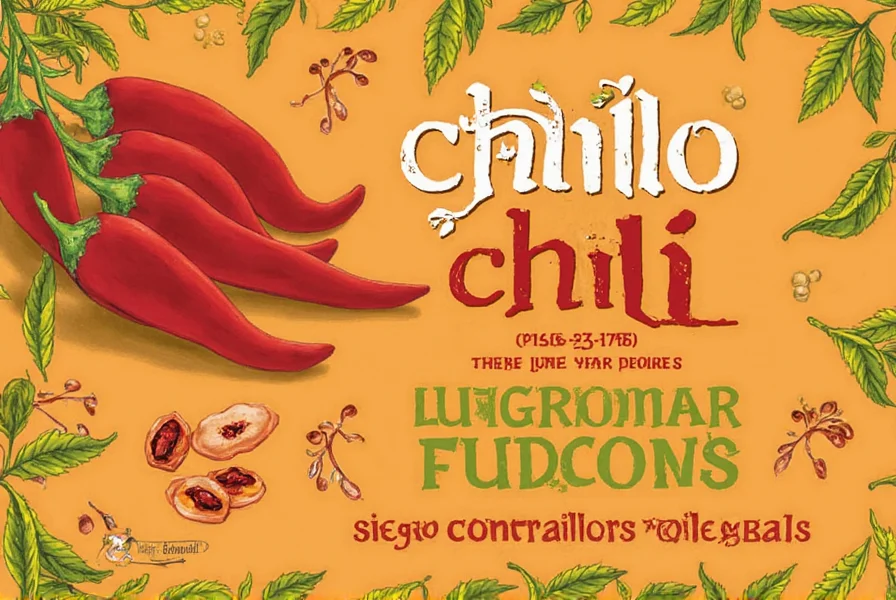
Whether you're spicing up your everyday meals or diving into authentic Mexican flavors, guajillo chilies are a must-have in your spice arsenal. With a moderate Scoville rating and a rich, nuanced flavor, they're perfect for both the novice and seasoned chef.
From sauces to soups and even desserts, there's no shortage of creative ways to use them. And thanks to modern availability, you don't need to travel to Mexico to find top-quality guajillo chilies.
So go ahead—grab a few guajillos, toast 'em up, and let the magic unfold in your kitchen. Your taste buds will thank you.

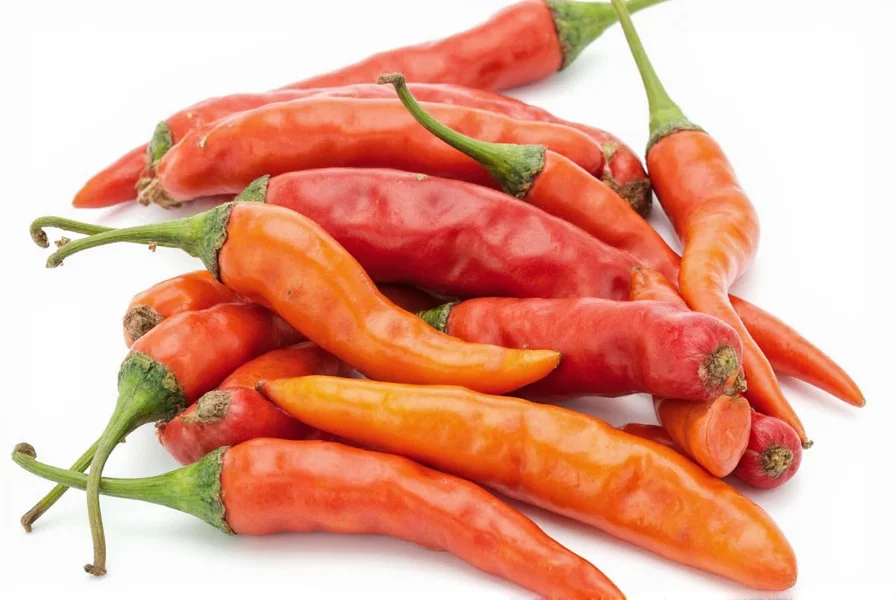









 浙公网安备
33010002000092号
浙公网安备
33010002000092号 浙B2-20120091-4
浙B2-20120091-4